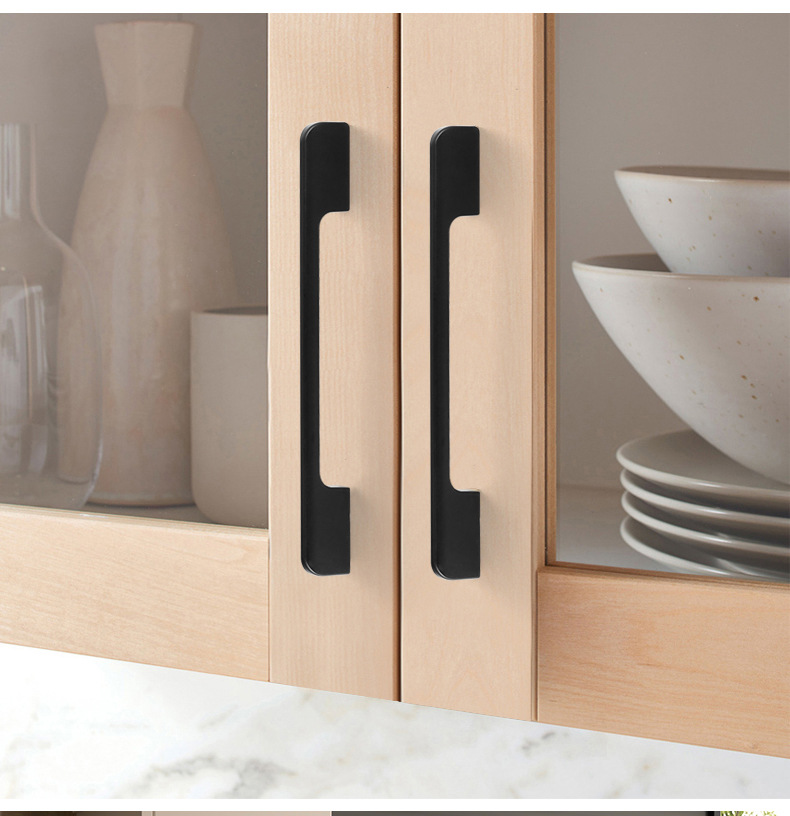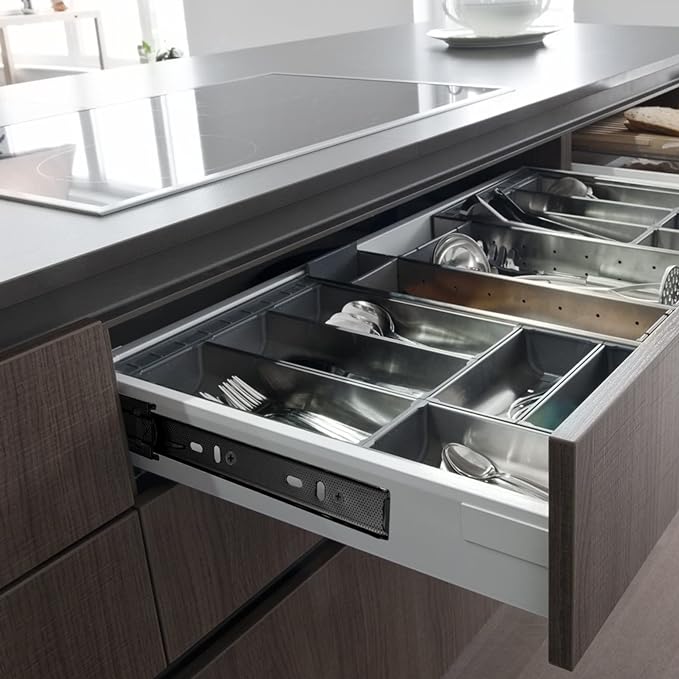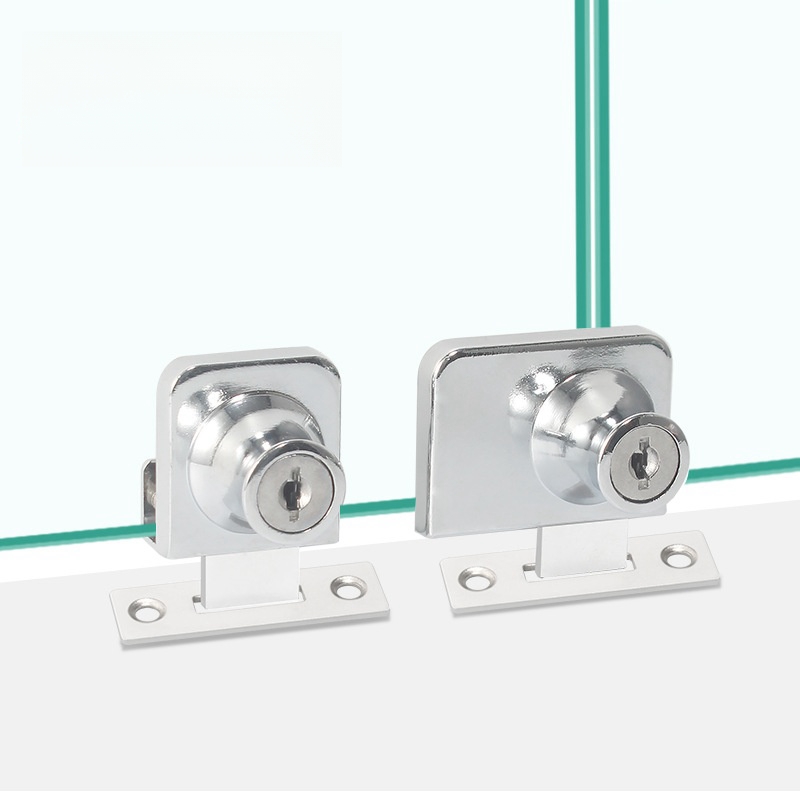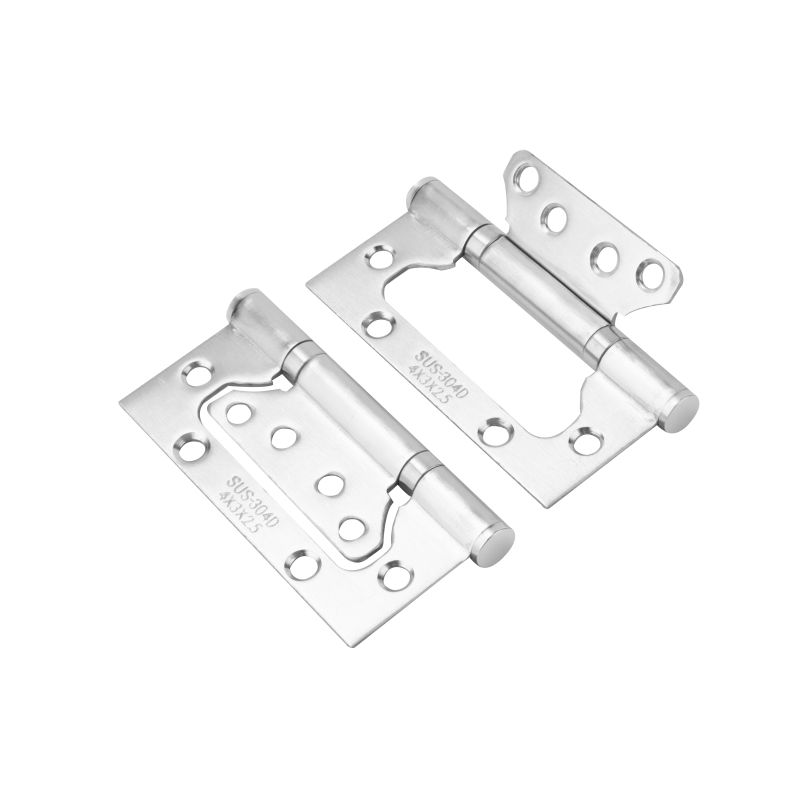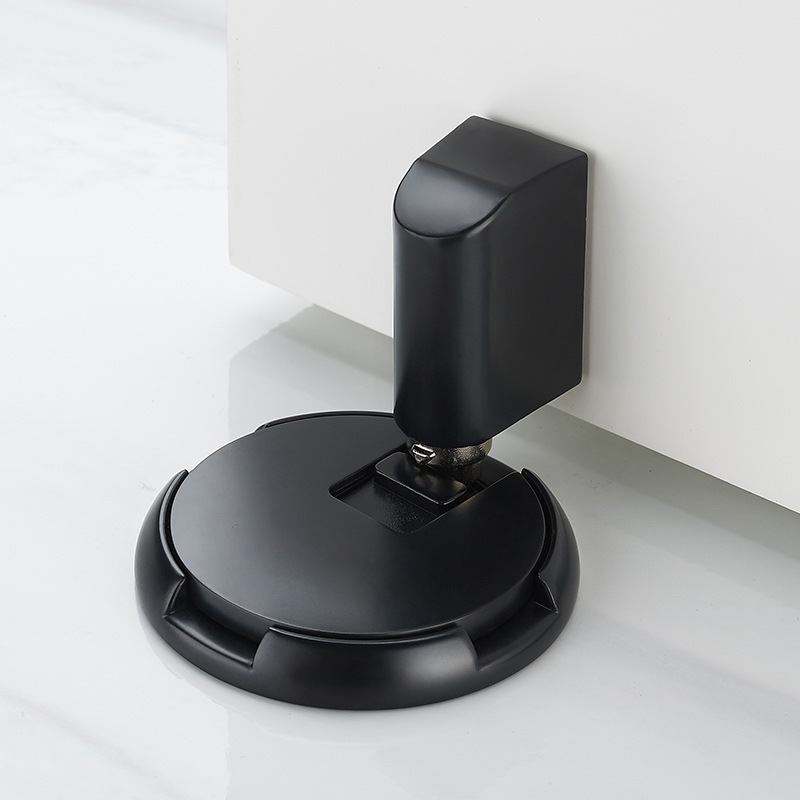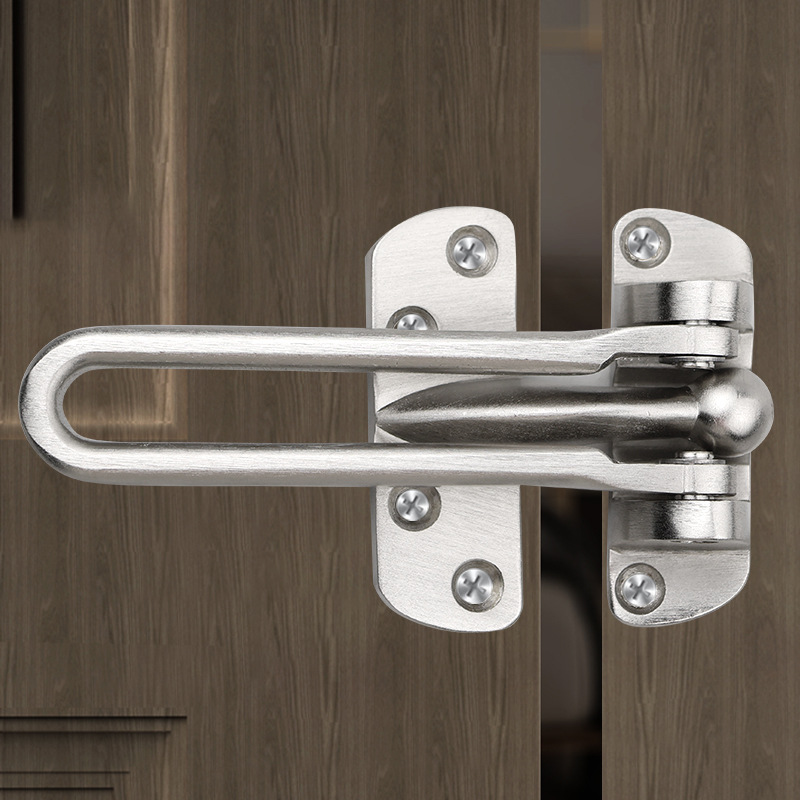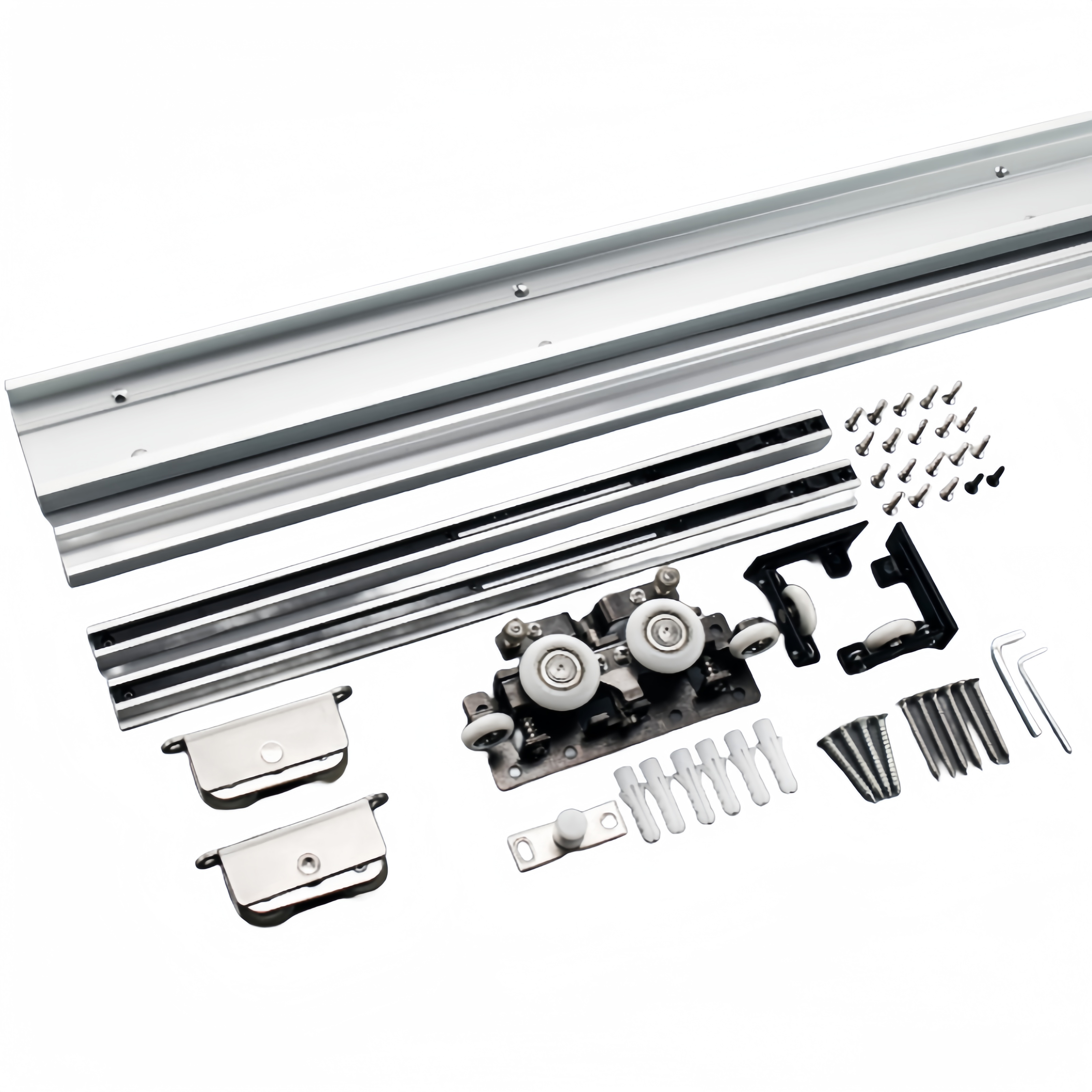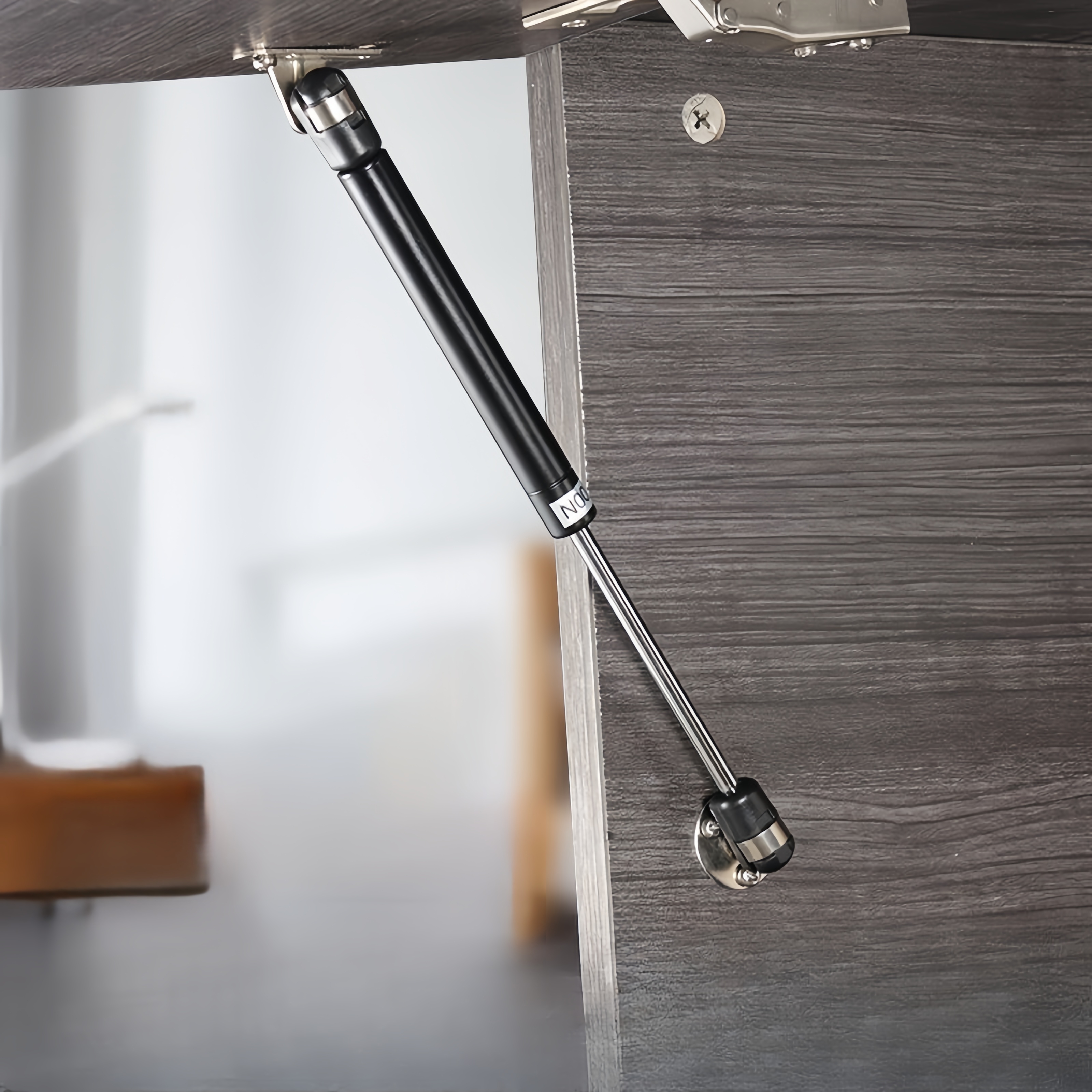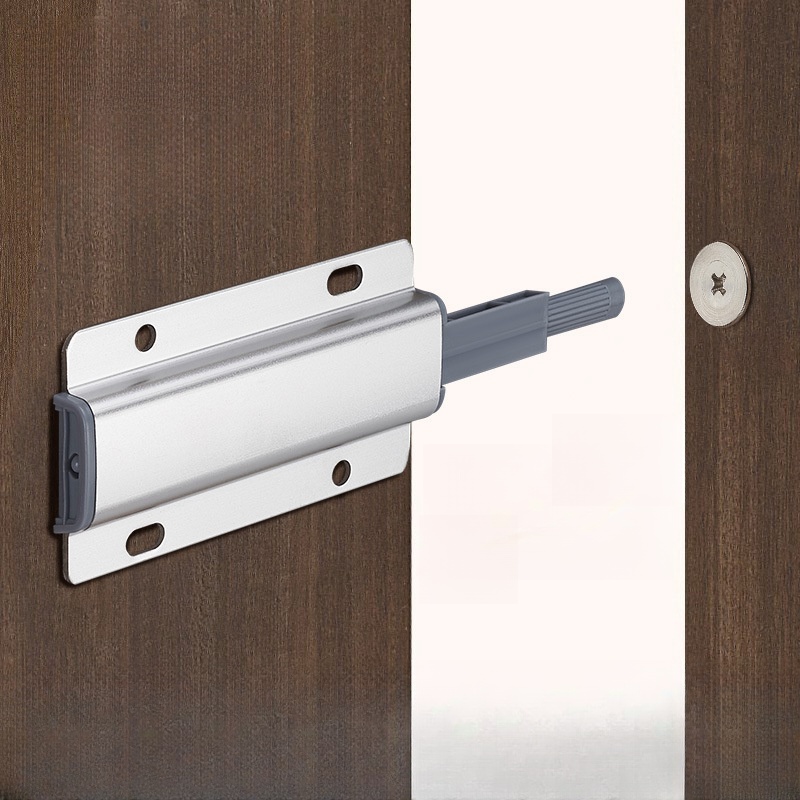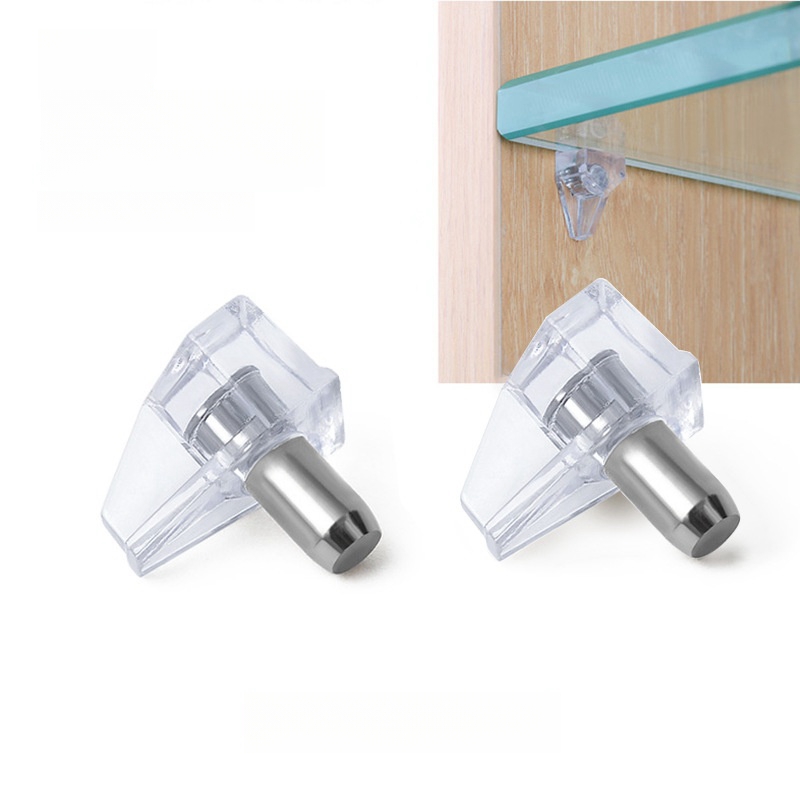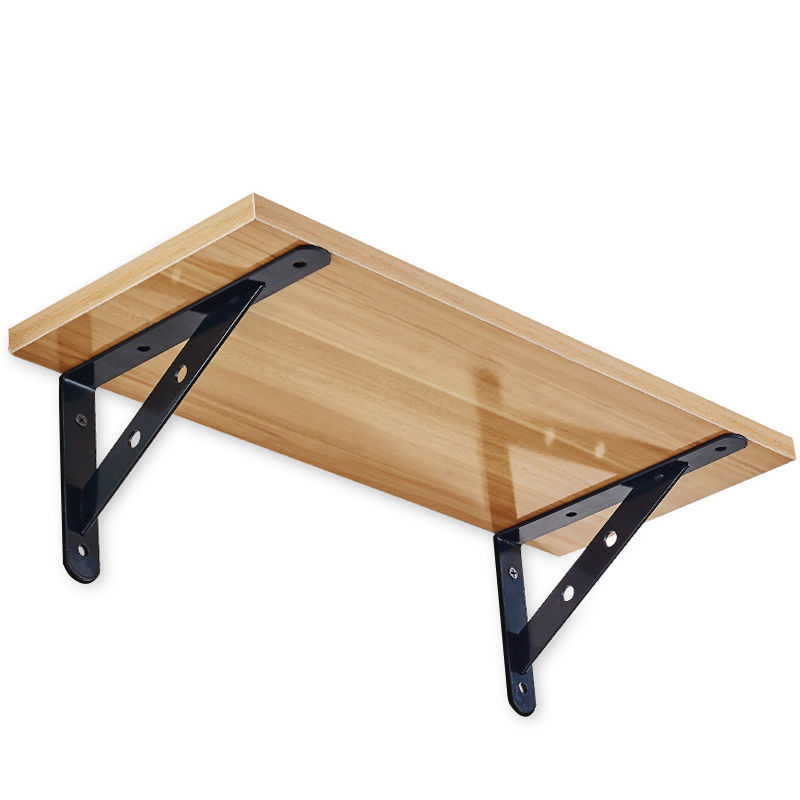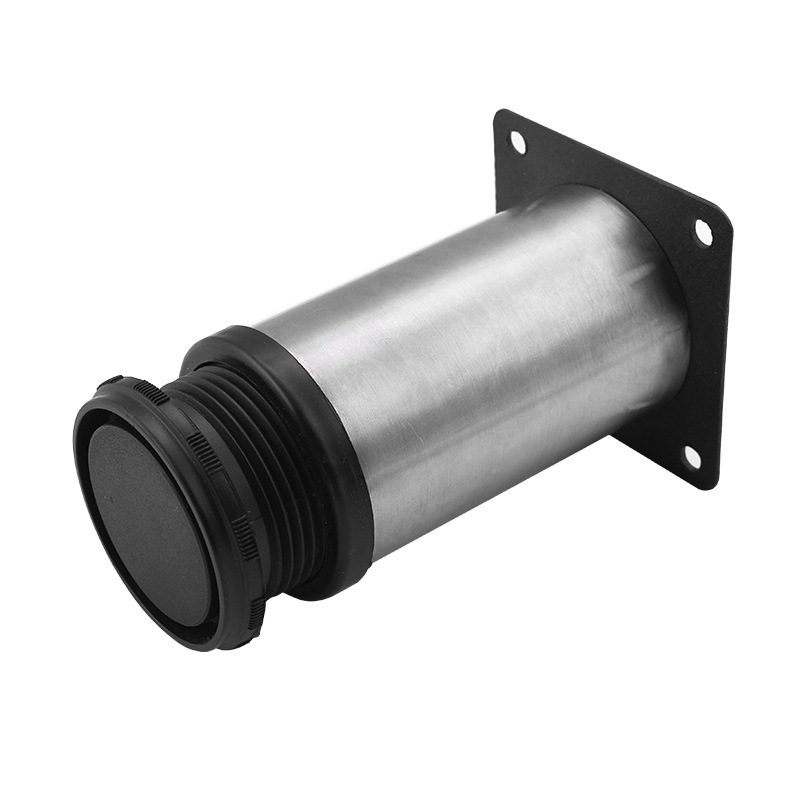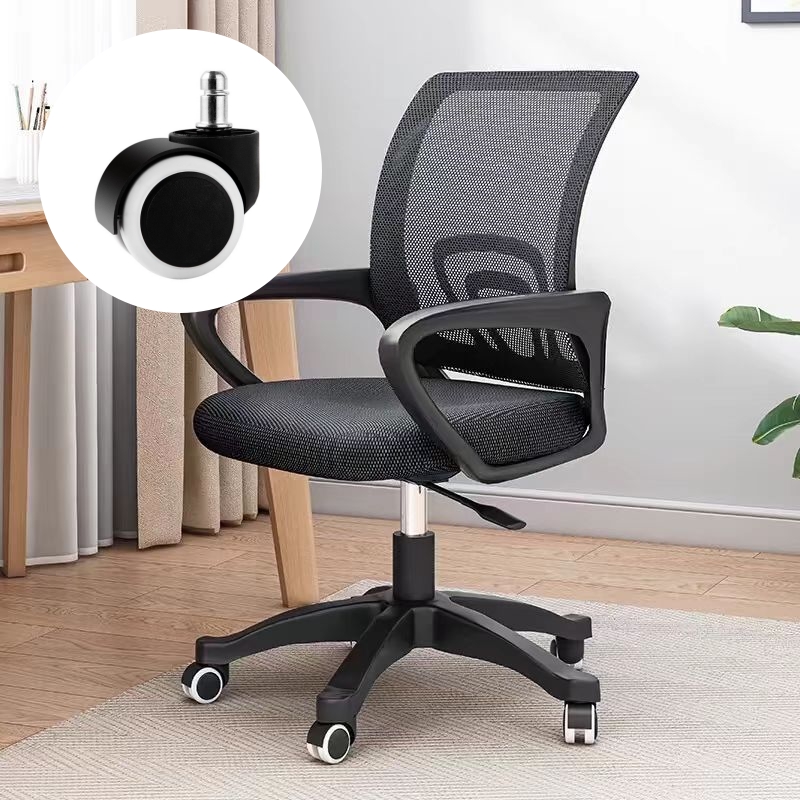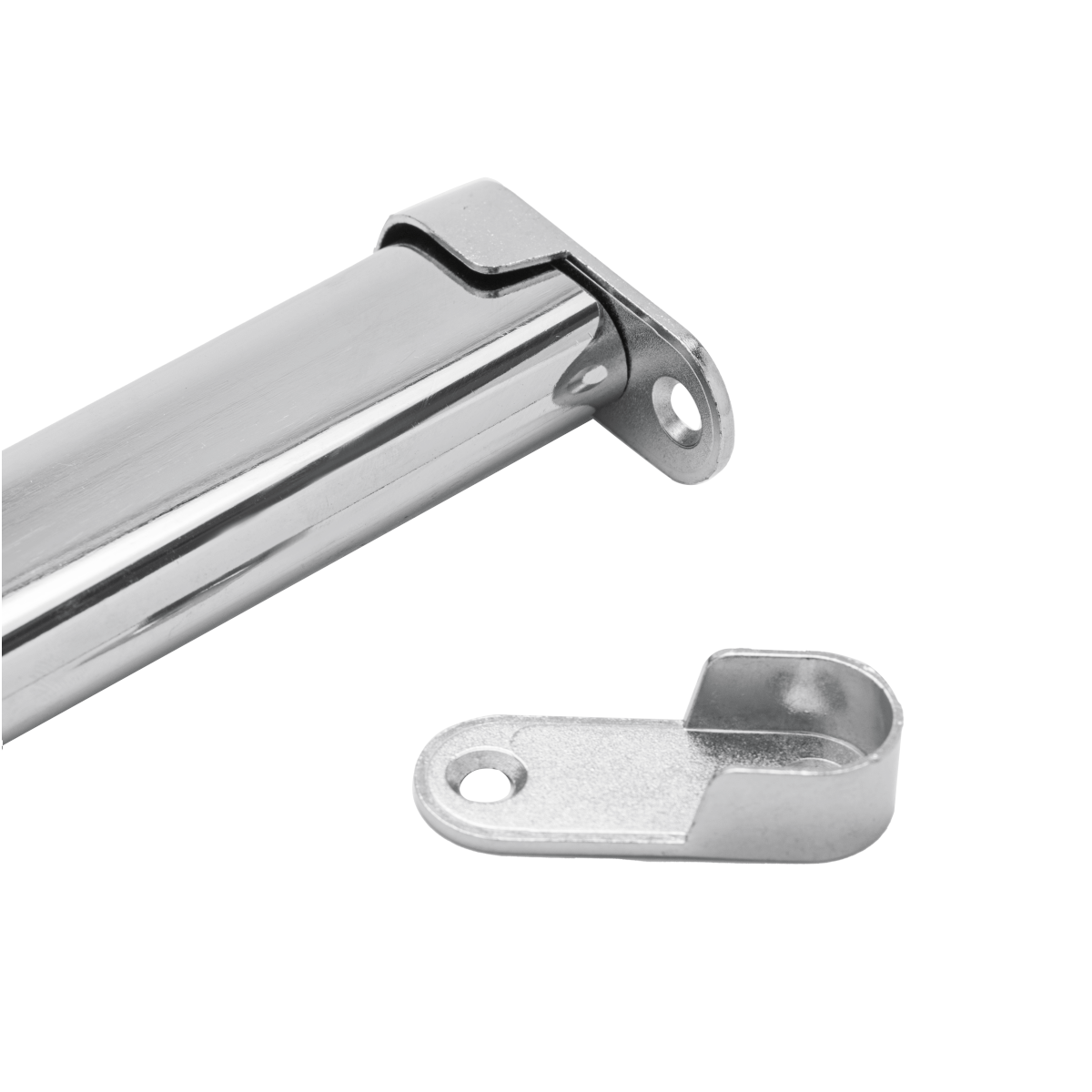
ABOUT
Guangzhou Toplink hardware Co., Ltd specialized in the production and export of furniture hardware fittings, with an experience of more than 14 years.
Our main products are drawer locks, cabinet hinges, sliding rails, cabinet handles, casters, cabinet legs and connecting fittings etc..
With a complete range of products, excellent performance and reasonable prices we have built up business with many customers all over the world.
We are committed to strict quality control and considerate customer service. We sincerely looking forward to becoming your best choice and the most reliable partner!
PRODUCTS
door and hardware supply
The Diverse Product Landscape of Door and Hardware Supply
The sheer breadth of products within the door and hardware supply industry is staggering. It’s not just about doors and handles; it's a multifaceted ecosystem encompassing a multitude of specialized items. Residential applications typically involve interior and exterior doors, various styles of door knobs and levers, hinges, door closers, deadbolts, and related security hardware. Commercial spaces, on the other hand, demand more robust and specialized solutions, including fire-rated doors and frames, access control systems, panic hardware, and heavy-duty hinges capable of withstanding significant usage. Beyond these core components, the industry also supplies related items such as door viewers, weatherstripping, thresholds, and a variety of specialized fasteners and installation hardware.
Furthermore, the aesthetic considerations are significant. Door styles range from traditional to modern, with materials varying from solid wood and composite materials to steel and fiberglass. Hardware finishes follow suit, offering a broad spectrum of choices, from brushed nickel and oil-rubbed bronze to sleek chrome and contemporary matte black. This wide array of options allows for customization and personalization, ensuring that the final product seamlessly integrates into any architectural design scheme, whether it's a rustic farmhouse or a minimalist urban apartment.
The ongoing evolution of technology has further broadened the industry's offerings. Smart home integration is becoming increasingly prevalent, with smart locks, keyless entry systems, and remote access capabilities transforming the way we interact with doors and security systems. These advancements not only enhance convenience but also elevate security measures, offering remote monitoring and control capabilities.
Manufacturing and Sourcing: A Globalized Industry
The manufacturing and sourcing aspects of the door and hardware supply industry are intrinsically linked to a globalized market. While many established players operate domestically, a significant portion of production takes place overseas, particularly in regions known for their manufacturing expertise and cost-effectiveness. This globalized supply chain necessitates careful management of logistics and quality control to ensure the consistent delivery of high-quality products. Understanding the origin and manufacturing processes of various components is crucial for businesses in this sector to maintain competitive pricing and meet diverse demand.
Sourcing strategies often involve balancing the need for cost-efficient manufacturing with the importance of adhering to ethical and sustainable practices. Increasingly, consumers and businesses are demanding greater transparency in the supply chain, placing pressure on companies to prioritize responsible sourcing and minimize their environmental footprint. This trend is driving innovation in sustainable materials and manufacturing processes, with an emphasis on utilizing recycled materials and minimizing waste.
The industry also faces challenges related to fluctuating raw material prices and global supply chain disruptions. Factors such as geopolitical events, natural disasters, and unforeseen economic shifts can significantly impact the availability and cost of essential components, requiring businesses to implement robust risk management strategies to mitigate potential disruptions.
Distribution and Sales Channels: Reaching the Customer
The door and hardware supply industry employs a diverse range of distribution and sales channels to reach its target markets. Traditional brick-and-mortar stores, specializing in home improvement or construction supplies, remain a vital part of the distribution landscape. These stores offer customers the opportunity to physically examine products, receive expert advice, and benefit from personalized service. However, the rise of e-commerce has significantly transformed the industry, offering a wider selection of products and greater convenience for consumers.
Online retailers and specialized e-commerce platforms have significantly expanded the reach of door and hardware suppliers, allowing them to access a broader customer base beyond geographical limitations. This online presence provides customers with detailed product information, comparative pricing, and convenient ordering and delivery options. Many businesses leverage a multi-channel approach, integrating online and offline sales strategies to maximize their market reach and cater to the diverse preferences of their customers.
Effective distribution strategies are crucial for ensuring timely delivery and minimizing logistical complexities. Efficient warehousing, transportation, and inventory management are vital for businesses to meet customer demands and minimize operational costs. The industry is constantly evolving, adapting to technological advancements and consumer preferences to optimize its distribution and sales channels.
Installation and After-Sales Service: Ensuring Customer Satisfaction
The proper installation of doors and hardware is paramount to ensuring functionality, security, and longevity. While many DIY enthusiasts undertake installation projects, complex installations often require the expertise of skilled professionals. Experienced installers possess the knowledge and tools to ensure a precise and secure installation, maximizing the performance and lifespan of the products. This aspect of the industry highlights the importance of qualified labor and proper training to guarantee the highest standards of workmanship.
After-sales service is another critical component of customer satisfaction. Providing readily available support, troubleshooting assistance, and warranty services builds customer trust and loyalty. Companies that prioritize customer service often gain a competitive edge in a market where quality and reliability are paramount. This includes providing readily accessible information, replacement parts, and timely resolution of any issues or concerns that may arise after the initial purchase and installation.
The increasing complexity of smart home technology and automated access systems necessitates specialized training and expertise for installation and maintenance. This demand for skilled professionals highlights the importance of ongoing training and professional development within the industry to ensure the continued provision of high-quality installation and after-sales service.
SUBSCRIBE
INQUIRY
